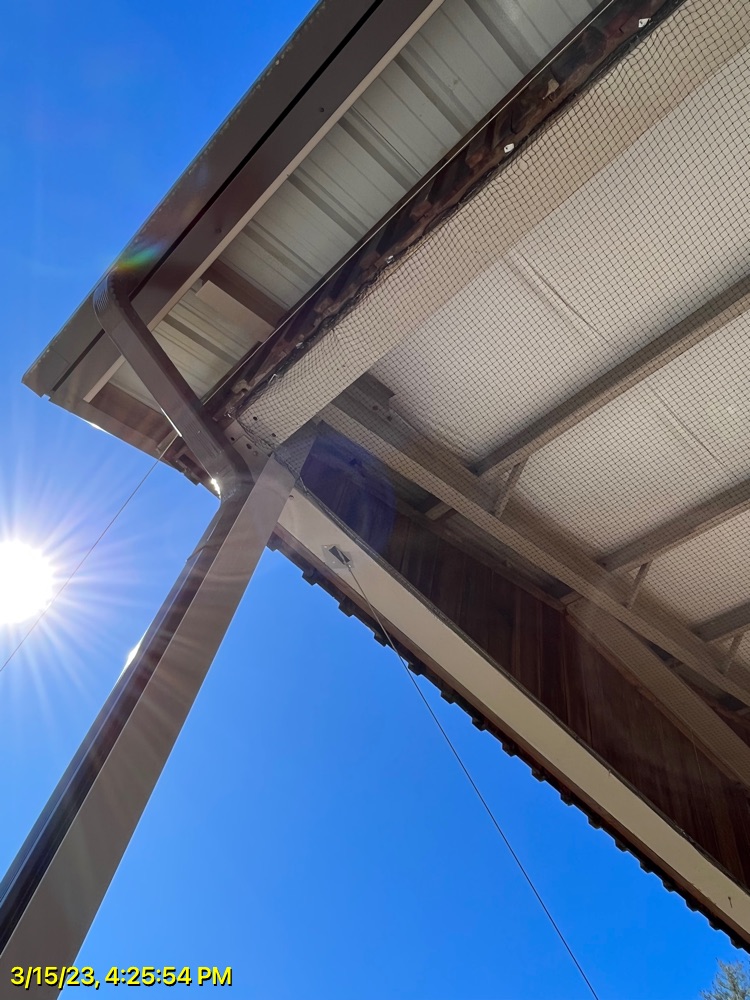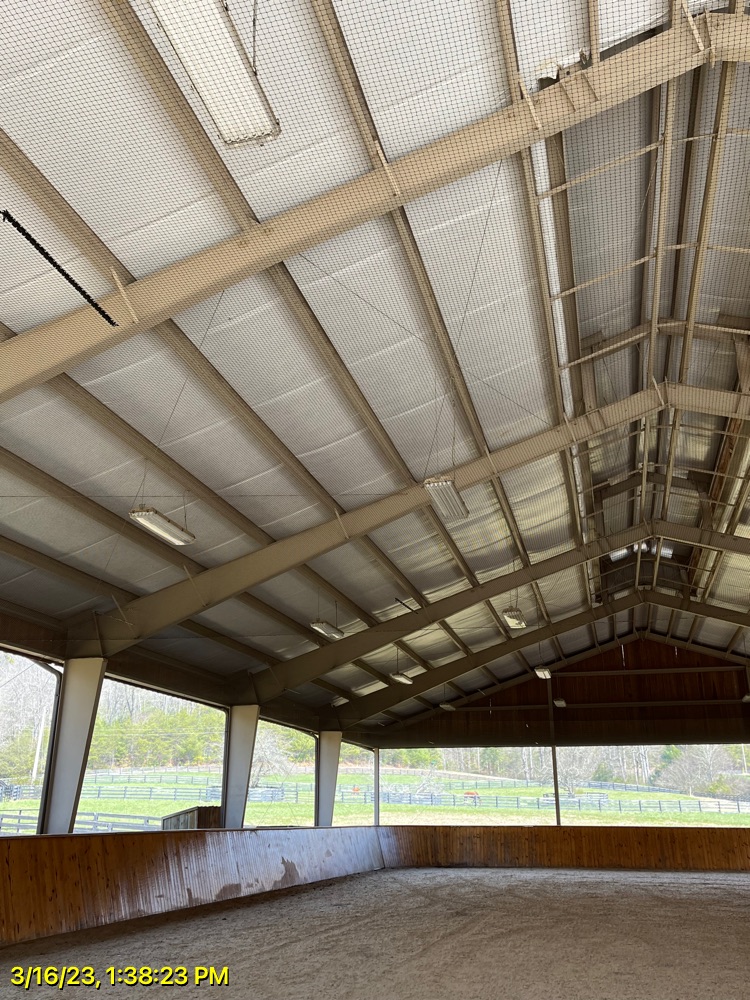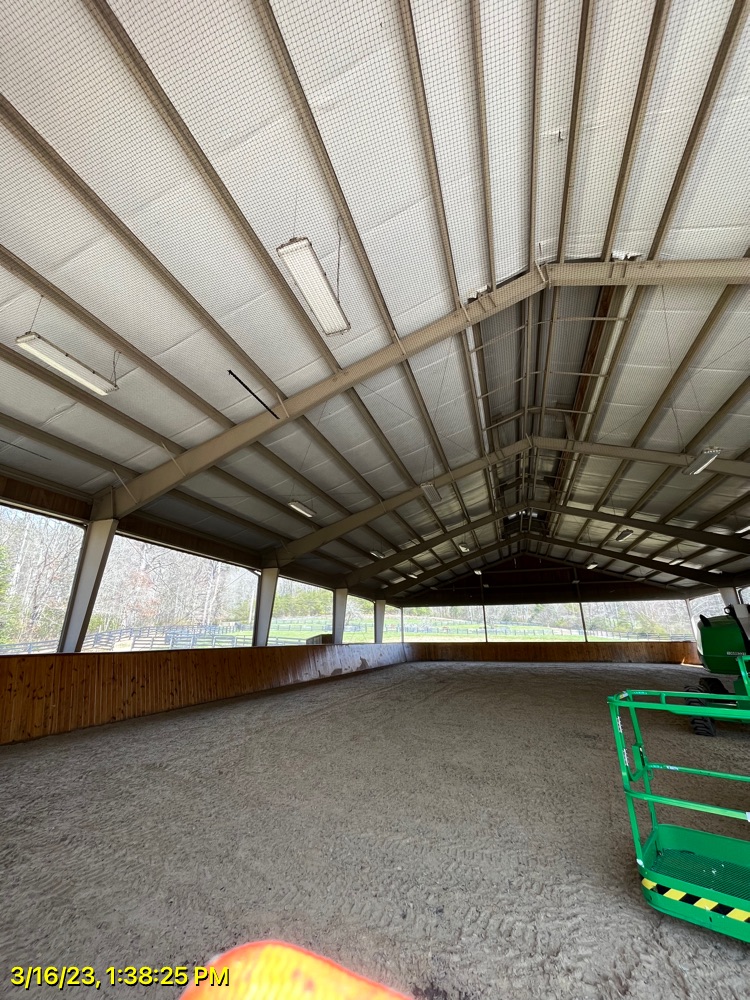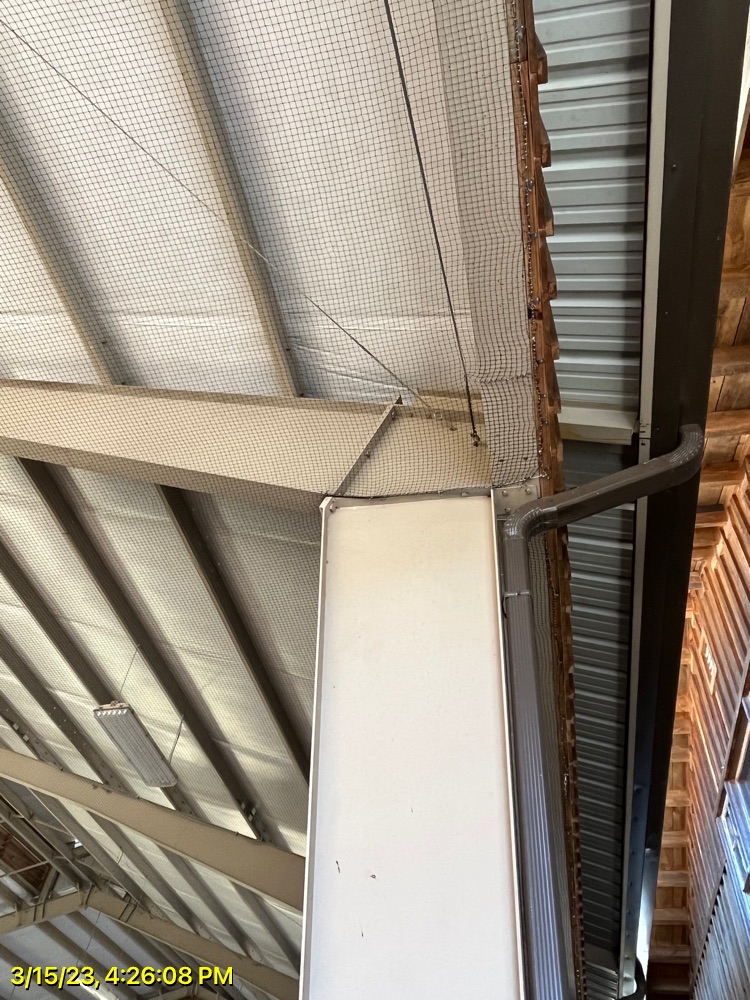Raccoons are omnivores so they have adapted to live in the urban and suburban environments in Greenville-Spartanburg. Raccoons, like most nuisance wildlife, are attracted to homes and yards that provide water sources, food sources, or shelter. Raccoons will drink water out of puddles, bird baths, buckets, or water bowls.
Why is a Raccoon in the House?
Homeowners are most likely to experience raccoon infestations during the spring and summer months. This period coincides with the breeding season for raccoons, which typically occurs from January to June, peaking around March and April in many regions, including Greenville, South Carolina. During this time, raccoons may seek out sheltered spaces to nest and raise their young, leading them to enter residential properties in search of suitable den sites.
Some of the most common areas for raccoon dens are the attic, the roof, inside the walls, sheds, and under porches or decks.


Juvenile Raccoons in Greenville, SC
Juvenile raccoons rely on their mothers to find safe shelters, and female raccoons frequently choose chimneys as denning sites. Raccoons are typically weaned between 8-12 weeks. This homeowner had a litter of raccoons in their attic and heard soft whining and crying. Raccoon pups make a variety of noises like mewing, crying, whining, purring, whimpering, and screeching.
How to Get Rid of Raccoons in Your Attic
The professionals at Critter Control have been trained with the most effective methods of removing raccoons from attics or from other areas of any home, as it can sometimes be a lengthy process to remove raccoons from the attic.
The best way to get rid of a raccoon is a trap. At Critter Control, we secure raccoon traps and set them away from anything you do not want to be destroyed. We place traps in an area where raccoons frequent. Because the raccoon trap needs to be checked, we do place it in a somewhat accessible location.
Critter Control uses only humane raccoon trapping techniques that are environmentally friendly and ecologically safe to remove raccoons from attics. Once the raccoons in the attic have been removed, our professionals can then identify the point of entry for the raccoons in the attic and repair this area to ensure you will never have raccoons in your attic again.
Photos and video provided by Critter Control of Greenville
Barn swallows are small, sleek birds known for their distinctive long, pointed wings and deeply forked tails. They have a glossy blue-black plumage on their backs and a creamy white underside with rusty-colored throat and forehead patches. These agile birds are skilled fliers, often seen darting through the air catching insects on the wing.
In Greenville, SC, barn swallows can sometimes cause problems, particularly when they choose to nest in or around buildings, bridges, or other man-made structures. This horse farm right outside Greenville, SC had several barn swallows nesting in the riding ring. The accumulation of droppings had become dangerous to the horses and created a bad smell.
Bird Netting Barn Swallow Control
Critter Control of Greenville used bird netting to remove barn swallows’ access to the rafters. Bird netting is an efficient method for managing barn swallow populations and preventing them from nesting in unwanted areas while minimizing harm to the birds themselves.















Problems from Barn Swallow
Mess and Noise: Barn swallows build their nests out of mud, which they often affix to vertical surfaces like the undersides of eaves, bridges, or the insides of barns and sheds. The accumulation of mud and bird droppings can create unsightly messes and unpleasant odors. Additionally, the birds can be quite vocal, especially during the breeding season, which may be disruptive in urban or residential areas.
Structural Damage: The acidic nature of barn swallow droppings can potentially corrode and damage building materials over time. Their nests can also clog drainage systems and cause water damage.
Health Concerns: Accumulated bird droppings can harbor bacteria, fungi, and parasites, posing health risks to humans, especially if the droppings are in areas where people frequent or where food is prepared or consumed.
Legal Issues: In some cases, the presence of barn swallow nests on structures can raise legal concerns, especially if the structures are designated as historic or protected.
Photos and information provided by Critter Control of Greenville, SC